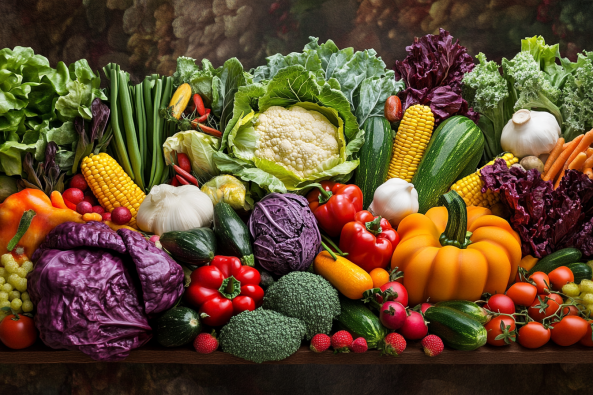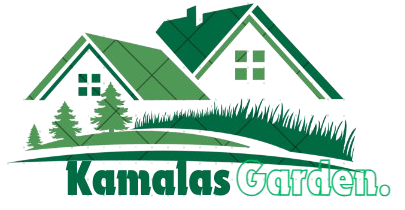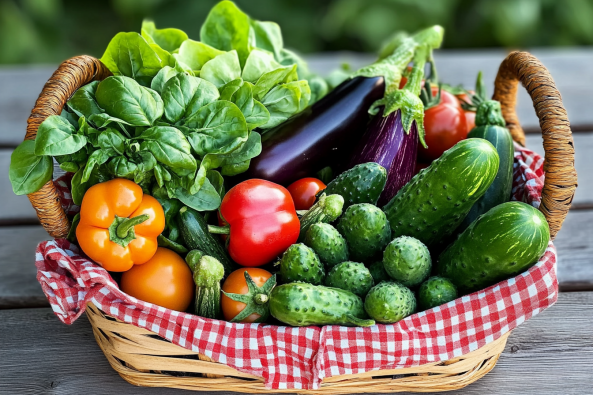Why Start a Vegetable Container Garden?
Container gardening is an excellent way for beginners to start growing fresh produce without requiring a large outdoor space. Whether you have a balcony, patio, or windowsill, you can enjoy fresh vegetables year-round with the right containers and plant choices.
Benefits of Container Gardening:
- Perfect for Small Spaces – Ideal for apartments, urban settings, or homes with limited garden space.
- Easier Pest and Weed Control – Containers reduce exposure to soil-borne pests and weeds.
- Portable and Weather-Protected – Move plants easily to optimize sunlight exposure and protect from harsh weather.
- Better Soil Control – Use high-quality potting mix to ensure healthy plant growth.
- Beginner-Friendly & Low Maintenance – Easy to manage with fewer gardening challenges compared to in-ground planting.
What Makes a Vegetable Ideal for Container Gardening?
Not all vegetables thrive in containers, but selecting the right ones ensures a successful harvest.
Key Characteristics of Container-Friendly Vegetables:
- Shallow Root Systems – Plants with compact root structures adapt well to pots.
- Compact Growth – Bush varieties and dwarf plants save space.
- Drought-Tolerant Varieties – Plants that require less frequent watering.
- Fast-Growing & High-Yield – Maximize harvests in small spaces.
12 Best Vegetables for Beginners in Container Gardening

1. Tomatoes (Solanum lycopersicum)
- Best Container Size: 5-gallon bucket or larger.
- Varieties: Cherry tomatoes, patio/bush varieties.
- Support Needed: Stakes or cages for climbing growth.
- Sunlight: Full sun (6–8 hours daily).
2. Peppers (Capsicum annuum)
- Container Size: At least 12 inches deep.
- Varieties: Bell peppers, jalapeño, banana peppers.
- Temperature Needs: Thrives in warm temperatures with full sun.
3. Lettuce & Salad Greens (Lactuca sativa)
- Container Depth: 6 inches is sufficient.
- Varieties: Romaine, butterhead, leaf lettuce.
- Harvest Method: Cut-and-come-again harvesting for continuous growth.
4. Radishes (Raphanus sativus)
- Fastest-Growing Vegetable – Ready to harvest in just 30 days.
- Container Depth: 6 inches.
- Best Varieties: Cherry Belle, French Breakfast.
5. Spinach & Swiss Chard (Spinacia oleracea & Beta vulgaris)
- Container Needs: Partial sun, shallow pots.
- Growing Benefit: Year-round indoor/outdoor growth.
- Harvest Method: Continuous harvest over months.
6. Green Beans (Phaseolus vulgaris)
- Best for Vertical Growth: Trellises or hanging containers.
- Varieties: Bush beans (best for small pots), pole beans (require staking).
7. Carrots (Daucus carota)
- Container Depth: At least 12 inches for long-root varieties.
- Top Varieties: Parisian (small, round), Nantes (medium-length).
- Soil Needs: Loose, rock-free soil for straight growth.
8. Cucumbers (Cucumis sativus)
- Container Size: Minimum 5-gallon pot.
- Support Needed: Trellises for vining varieties.
- Best Varieties: Bush cucumbers for compact growth.
9. Peas (Pisum sativum)
- Cool-Season Crop – Ideal for early spring or fall.
- Varieties: Sugar snap peas, snow peas.
- Support Needs: Trellising for climbing types.
10. Eggplant (Solanum melongena)
- Container Size: At least 5-gallon deep pots.
- Varieties: Patio Baby, Fairy Tale Eggplant.
- Sunlight: Full sun for optimal growth.
11. Herbs (Basil, Oregano, Parsley, Chives, Mint)
- Low Maintenance: Perfect for small pots.
- Grows Indoors & Outdoors: Thrives in window boxes and kitchen gardens.
- Companion Planting: Helps repel pests from other vegetables.
12. Potatoes (Solanum tuberosum)
- Container Choice: Grow bags or deep containers.
- Best Varieties: Yukon Gold, Red Pontiac.
- Growing Method: Needs hilling to increase yield.
Choosing the Right Containers for Vegetable Gardening

Best Materials for Containers:
- Plastic – Lightweight, retains moisture well.
- Terracotta – Classic look but dries out faster.
- Fabric Grow Bags – Excellent aeration for healthy roots.
- Wooden Planters – Rustic and durable but may need sealing.
Drainage Considerations:
- Always ensure containers have drainage holes to prevent root rot.
- Add a layer of gravel or perlite at the bottom to improve water drainage.
Container Sizes for Different Vegetables:
- Small Containers (6–8 inches): Lettuce, radishes, herbs.
- Medium Containers (12 inches deep): Peppers, bush beans, spinach.
- Large Containers (5-gallon+): Tomatoes, potatoes, eggplant, cucumbers.
Best Soil Mix for Container Vegetables
- Ideal Mix: 60% potting soil, 20% compost, 20% perlite/vermiculite.
- Avoid Garden Soil: Too dense and may contain pests.
- Organic Fertilizer Recommendations: Compost, fish emulsion, worm castings.
Watering & Fertilizing Tips for Beginners
- Watering Frequency: Daily in hot weather; every other day in cooler climates.
- Self-Watering Pots: Great for beginners to prevent over or under-watering.
- Best Organic Fertilizers: Compost tea, diluted fish fertilizer, balanced slow-release fertilizers.
Preventing Pests & Diseases in Container Gardens
Common Pests:
- Aphids, Spider Mites, Caterpillars – Use neem oil or insecticidal soap.
Natural Pest Control Methods:
- Companion Planting: Basil near tomatoes, marigolds for pest deterrence.
- Diatomaceous Earth: Helps prevent crawling pests naturally.
Preventing Fungal Diseases:
- Avoid Overwatering – Let soil dry slightly between watering.
- Proper Air Circulation – Avoid overcrowding plants in containers.
Conclusion: Start Your Container Garden Today!
Container gardening is a fantastic way to grow fresh vegetables even in small spaces. By choosing the right vegetables, containers, and soil, beginners can enjoy high-yield harvests with minimal maintenance.
Related Posts You May Like
For more tips, check out this guide on vegetable container gardening.

